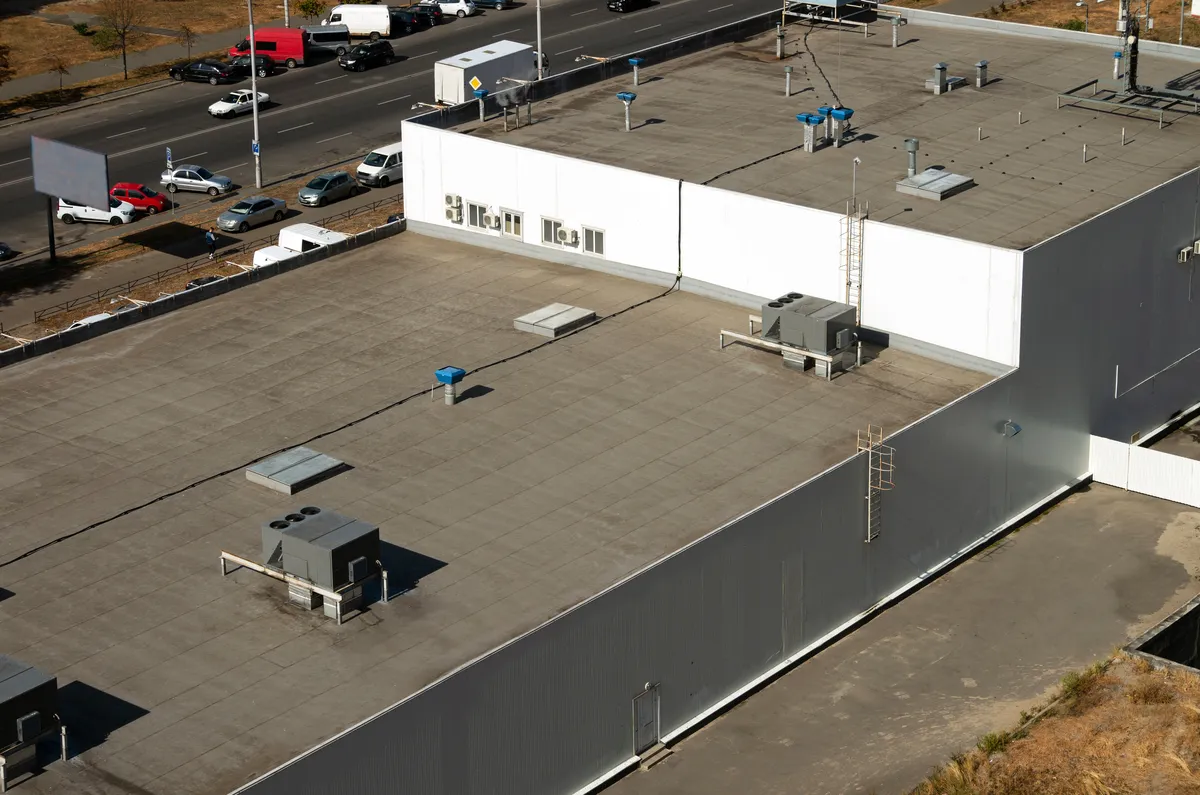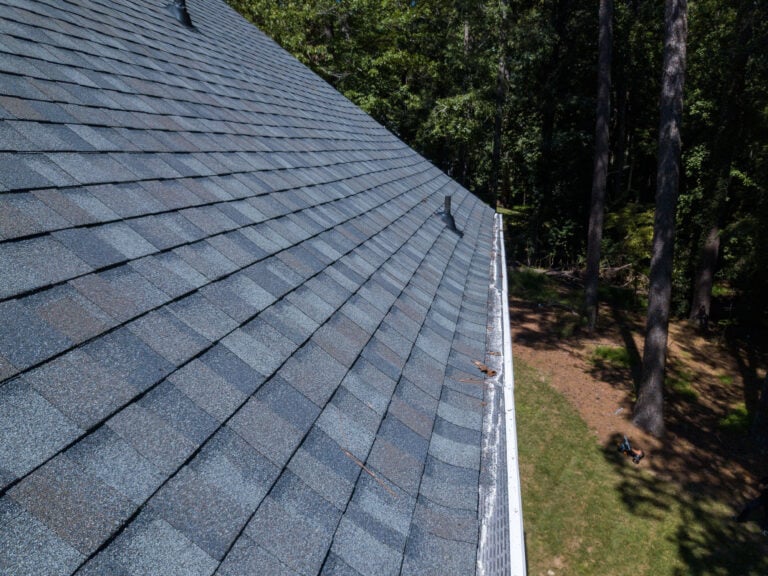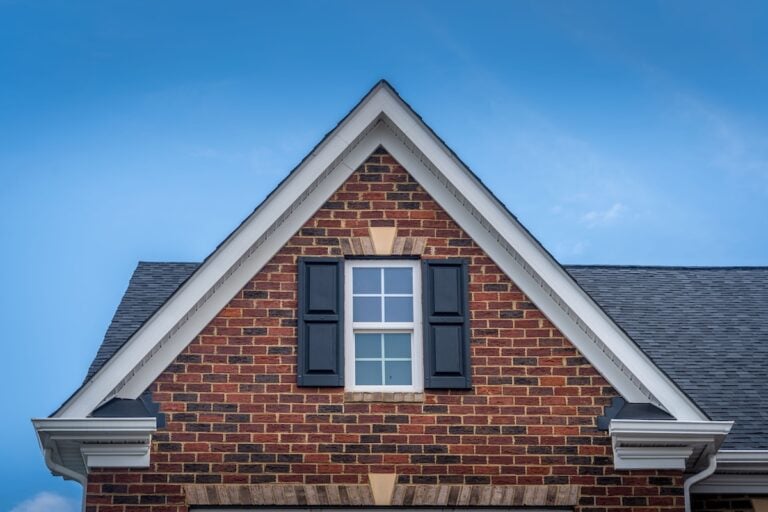Your commercial property is a significant investment, and maintaining its structural integrity is paramount. One area that often demands attention but is frequently overlooked is the roof.
Commercial roof repair is not just about patching leaks; it involves a comprehensive approach to extending the life of your roof while ensuring the safety and functionality of your building. This guide will walk you through everything you need to know about commercial roof repair, from:
- Identifying common issues
- Understanding the repair process
- Finding the right contractor
Why Commercial Roof Repair Matters
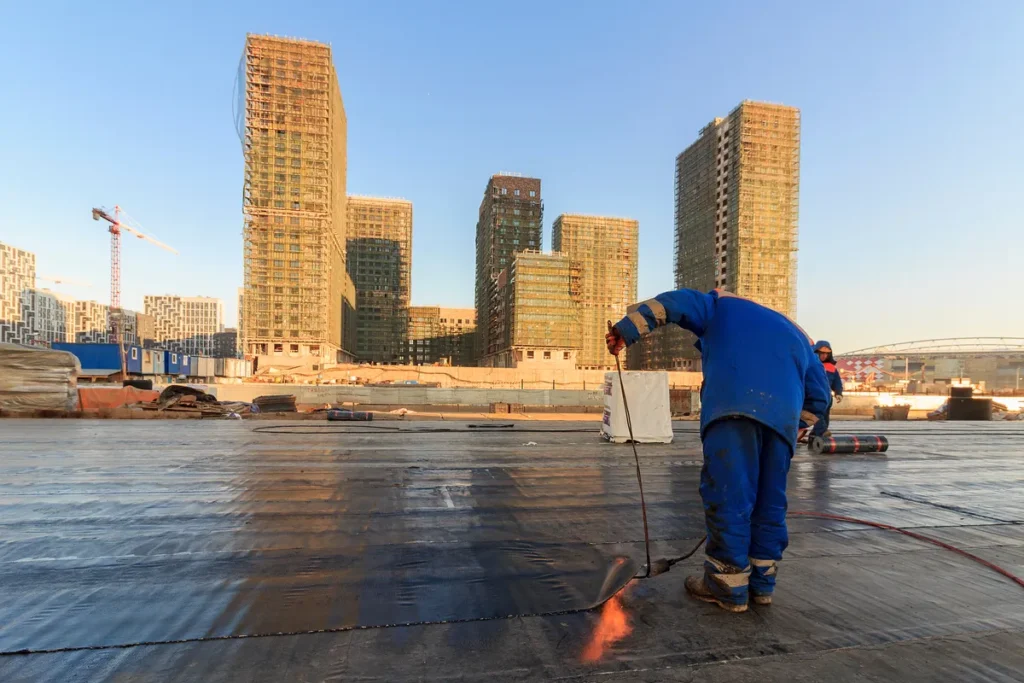
Commercial roof repair is crucial for several reasons:
- Protects Your Investment: A well-maintained roof ensures the longevity of your building and protects it from the elements.
- Prevents Costly Damages: Regular maintenance can prevent small issues from becoming significant problems, saving you money in the long run.
- Ensures Safety: A damaged roof can pose serious safety risks, including structural failures and health hazards such as mold growth.
- Maintains Aesthetic Appeal: A well-kept roof enhances the overall appearance of your property, which can be essential for attracting tenants and customers.
5 Common Commercial Roof Problems
Understanding the common issues that can affect commercial roofs can help you identify problems early and take appropriate action. Here are some of the most frequent issues:
1) Leaks and Moisture
Water infiltration is a leading cause of roof damage. Leaks can occur due to various reasons, including damaged flashing, ponding water, or compromised roofing materials. Over time, moisture can lead to mold growth, wood rot, and even structural damage.
2) Punctures and Penetrations
Roof punctures can result from foot traffic, falling debris, or installation errors. These small openings can allow water to seep in, leading to more extensive damage if not addressed promptly.
3) Membrane Shrinkage
Certain commercial roofing materials, such as EPDM (ethylene propylene diene terpolymer), are prone to shrinkage over time. This can cause the seams to pull apart, creating gaps that can lead to leaks.
4) Blistering and Splitting
Blisters and splits can form in roofing materials due to trapped moisture or UV exposure. These defects weaken the roof’s integrity and can lead to leaks if not repaired.
5) Poor Installation
Improper installation can lead to a host of problems, from inadequate sealing to improper drainage. Ensuring your roof is installed by experienced professionals can mitigate many of these issues.
Types of Commercial Roofing Systems
Different commercial roofing systems have unique characteristics and requirements. Understanding the type of roof you have can help you make informed decisions about repairs and maintenance.
Built-Up Roofing (BUR)
Built-up roofing consists of multiple layers of bitumen and reinforcing fabrics. It is known for its durability and excellent waterproofing capabilities. However, it can be heavy and may require additional structural support.
Modified Bitumen Roofing
Modified bitumen roofing is similar to BUR but incorporates polymers to enhance its flexibility and strength. It is relatively easy to install and repair, making it a popular choice for commercial properties.
EPDM Roofing
EPDM is a synthetic rubber membrane that is highly resistant to weathering and UV exposure. It is lightweight and easy to install, but it can be prone to shrinkage over time.
PVC and TPO Roofing
PVC (polyvinyl chloride) and TPO (thermoplastic olefin) roofing membranes are known for their energy efficiency and resistance to chemicals and punctures. They are suitable for flat or low-slope roofs and are relatively easy to repair.
Metal Roofing
Metal roofing is durable, long-lasting, and resistant to extreme weather conditions. It can be made from various materials, including steel, aluminum, and copper. While metal roofs require less maintenance, they can be more challenging to repair if damaged.
The Commercial Roof Repair Process
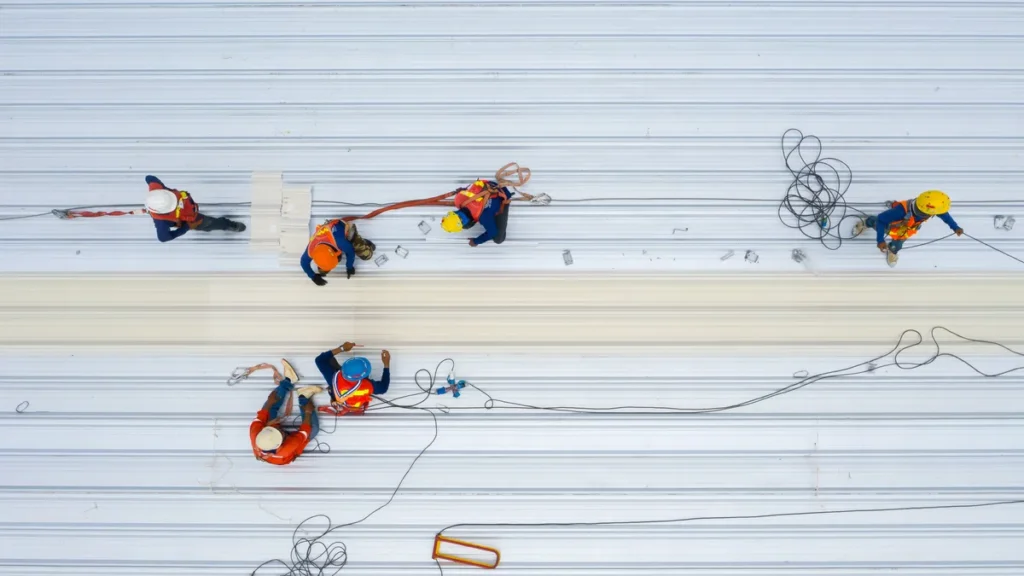
Understanding the repair process can help you prepare and ensure that the work is done correctly. Here are the typical steps involved in commercial roof repair:
Inspection and Assessment
A thorough inspection is the first step in the repair process. Professional roofers will examine the entire roof to identify issues, assess the extent of the damage, and determine the best course of action. This may involve visual inspections, moisture detection, and thermal imaging.
Identifying the Root Cause
Once the issues are identified, it’s essential to determine the root cause of the problem. For example, if there is a leak, the roofer will trace it back to its source, whether it’s a punctured membrane, damaged flashing, or another issue.
Developing a Repair Plan
Based on the assessment, the roofer will develop a detailed repair plan. This plan will outline the necessary repairs, the materials required, and the estimated timeline and cost.
Executing the Repairs
With the plan in place, the roofer will proceed with the repairs. This may involve patching leaks, replacing damaged sections, reinforcing seams, or other necessary actions. Experienced roofers will ensure that the repairs are done to the highest standards to prevent future issues.
Post-Repair Inspection
After the repairs are completed, a final inspection is conducted to ensure that all issues have been addressed and that the roof is in good condition. This step is crucial to verify the quality of the repairs and to provide peace of mind.
Regular Maintenance
Regular maintenance is essential to extend the life of your commercial roof and prevent future problems. This may include periodic inspections, cleaning, and minor repairs as needed.
Choosing the Right Commercial Roof Repair Contractor
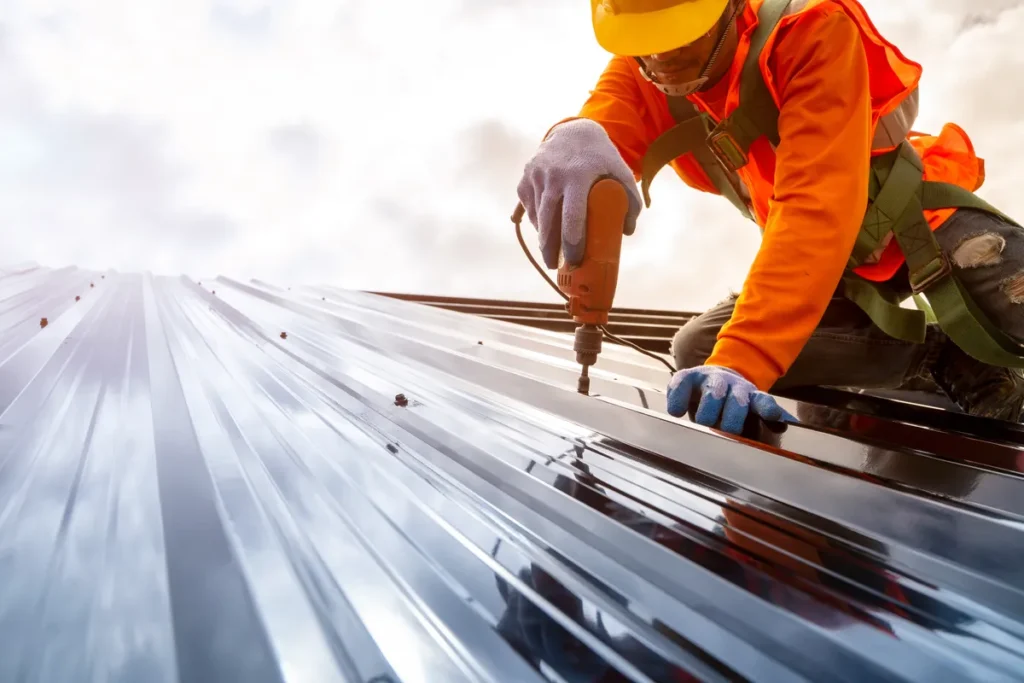
Selecting the right contractor is crucial to ensuring quality repairs and a long-lasting roof. Here are some factors to consider when choosing a commercial roof repair contractor:
- Experience and Expertise: Look for contractors with extensive experience in commercial roofing. They should have a proven track record of successfully completing similar projects and be familiar with the specific requirements of different roofing systems.
- Licensing and Insurance: Ensure that the contractor is licensed and insured. This protects you from liability in case of accidents or damages during the repair process.
- References and Reviews: Check references and read reviews from previous clients. This can provide valuable insights into the contractor’s reliability, professionalism, and quality of work.
- Detailed Estimates: Obtain detailed written estimates from multiple contractors. This should include a breakdown of costs, the scope of work, and the expected timeline. Avoid contractors who provide vague or overly low estimates, as this may indicate subpar work or hidden costs.
- Warranty and Guarantees: A reputable contractor should offer warranties on their workmanship and the materials used. This ensures that you are protected in case of future issues related to the repairs.
Preventative Measures to Extend Roof Life
Prevention is always better than cure. Implementing preventative measures can help extend the life of your commercial roof and reduce the need for costly repairs. Here are some tips:
- Regular Inspections: Schedule regular inspections, especially after severe weather events. Identifying and addressing minor issues early can prevent them from becoming significant problems.
- Proper Drainage: Ensure that your roof has adequate drainage to prevent ponding water. Clean gutters, downspouts, and drains regularly to avoid blockages.
- Roof Coatings: Consider applying reflective roof coatings to protect your roof from UV damage and reduce energy costs. These coatings can also help extend the life of your roof by providing an additional layer of protection.
- Training Staff: Educate your maintenance staff on the importance of roof care. Ensure they know how to identify potential issues and when to call in professional help.
- Documentation: Keep detailed records of all inspections, repairs, and maintenance activities. This documentation can be invaluable in tracking the condition of your roof and planning future maintenance.
A Roofing Contractor For Your Commercial Roof Repairs
Commercial roof repair is an essential aspect of maintaining the integrity and value of your property. By understanding common roof problems, the repair process, and preventative measures, you can ensure that your roof remains in excellent condition for years to come. Remember to choose a reputable contractor and stay proactive with regular maintenance to protect your investment.
Ready to ensure your commercial roof stands the test of time? Contact Palladium Roofing today for a comprehensive inspection and tailored repair plan. Let’s safeguard your property together!


